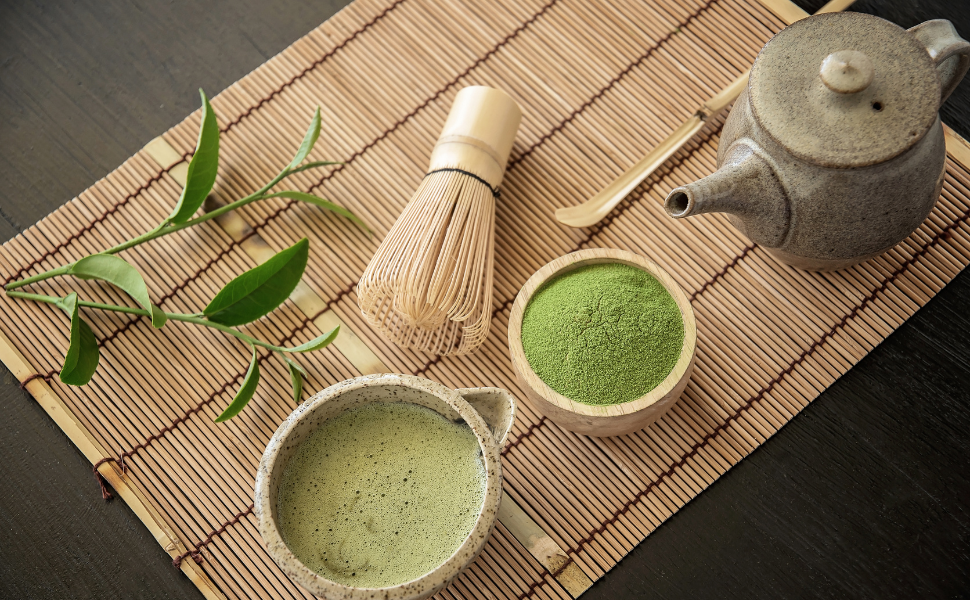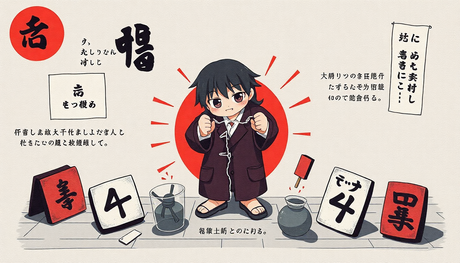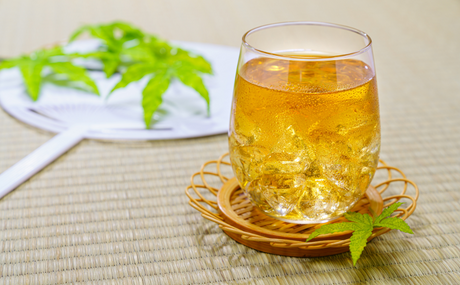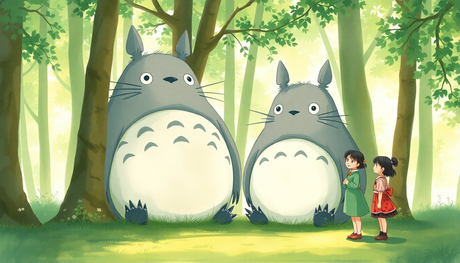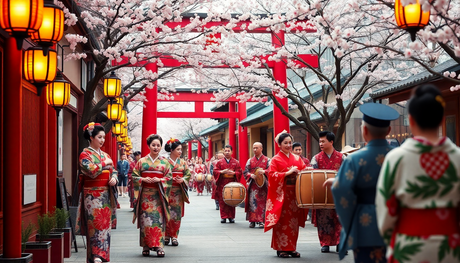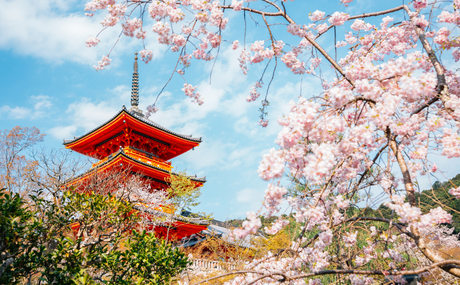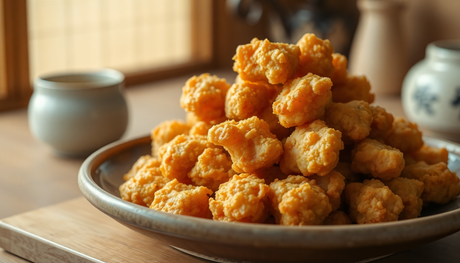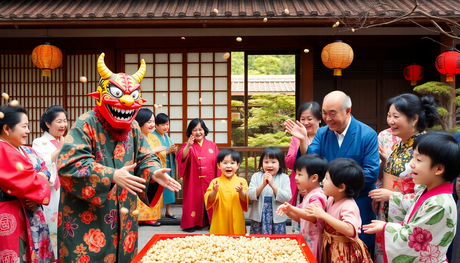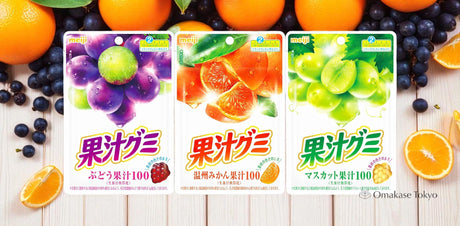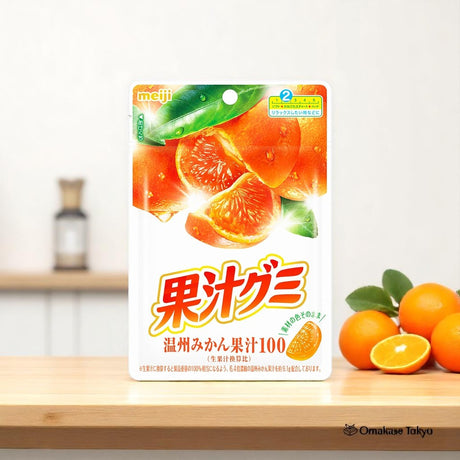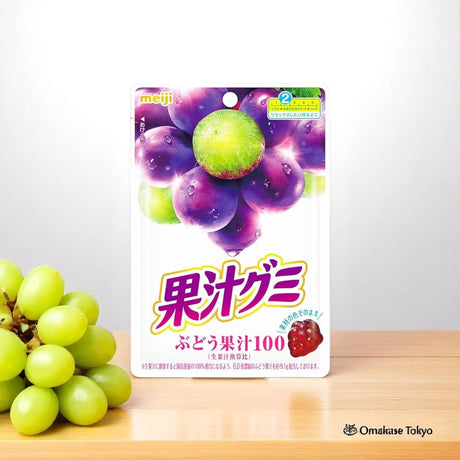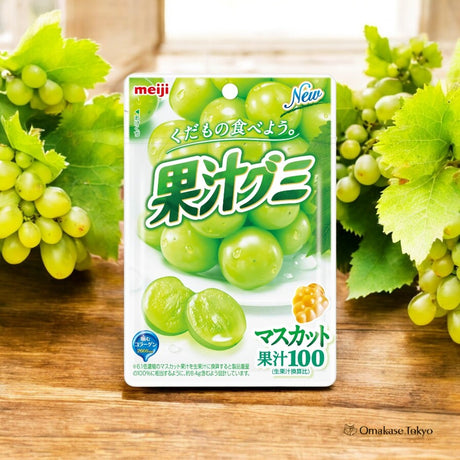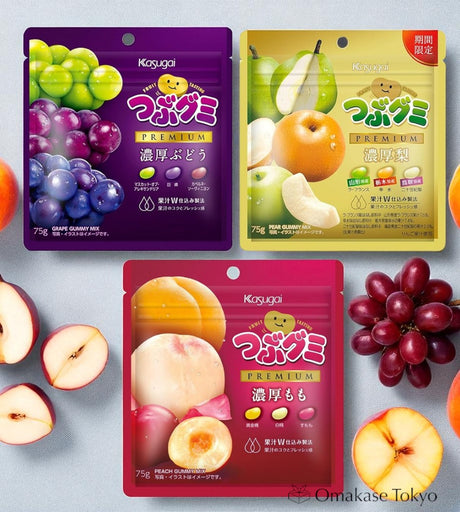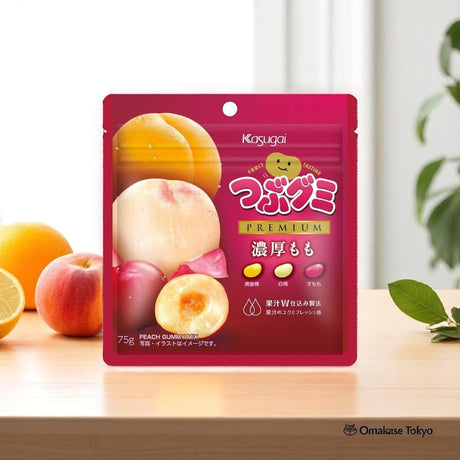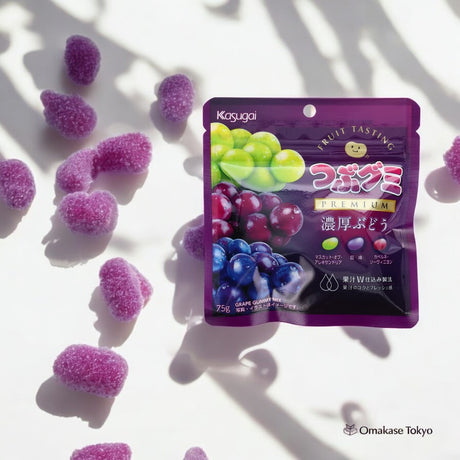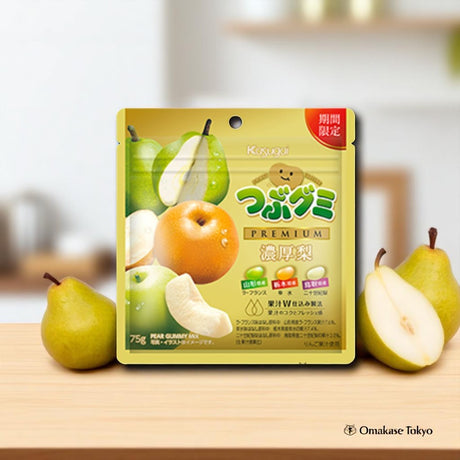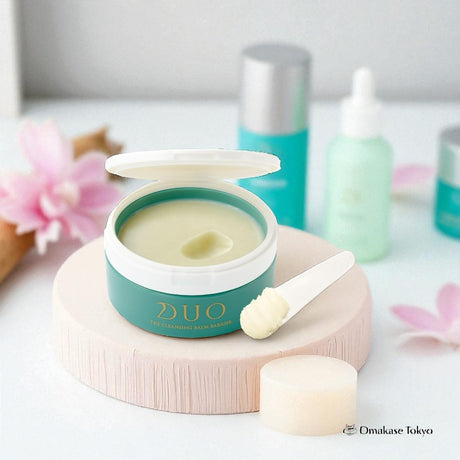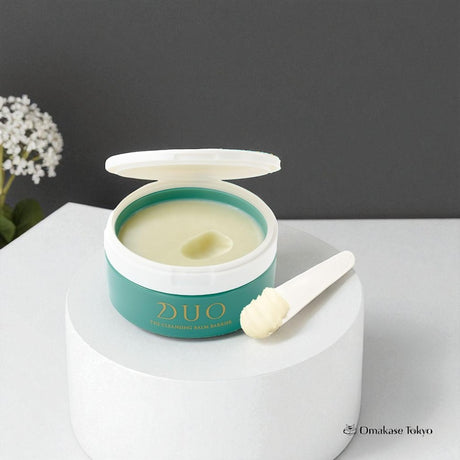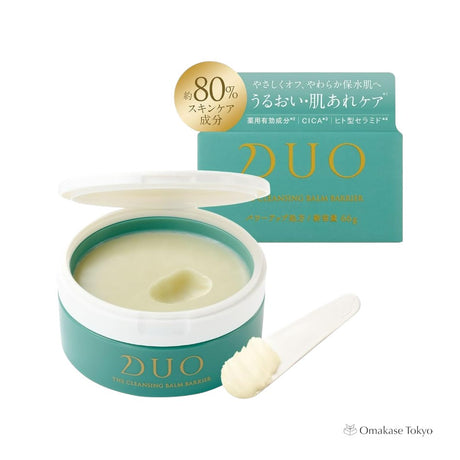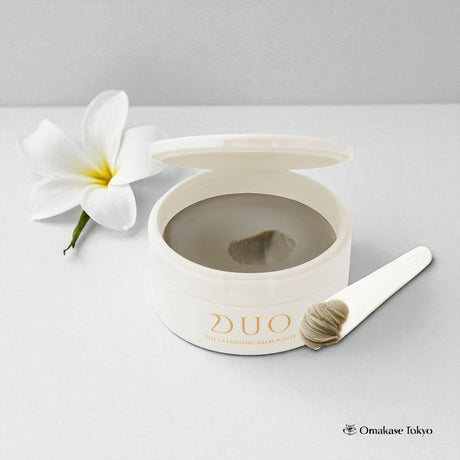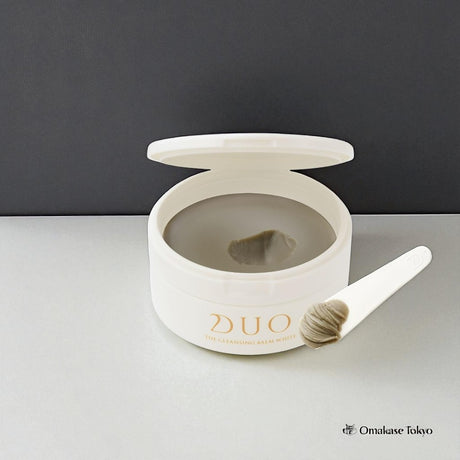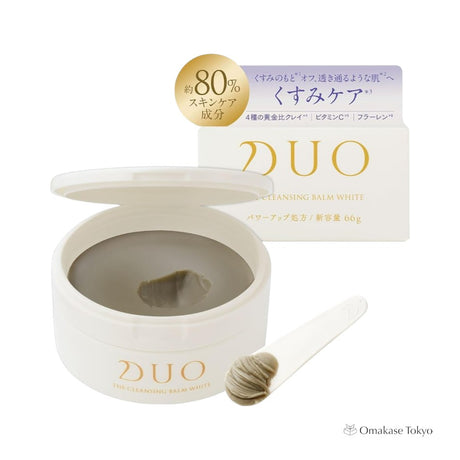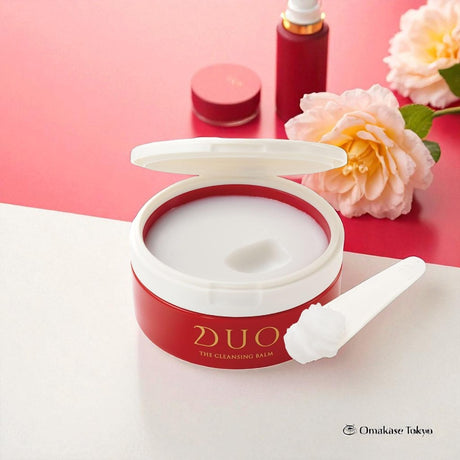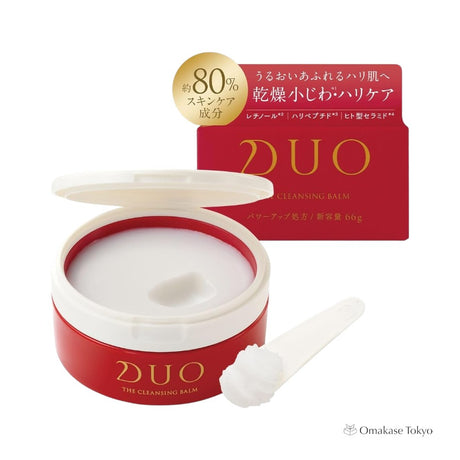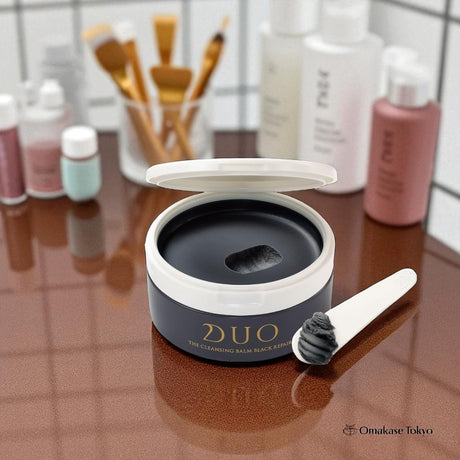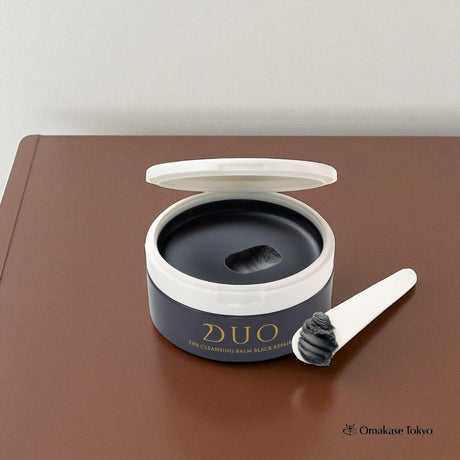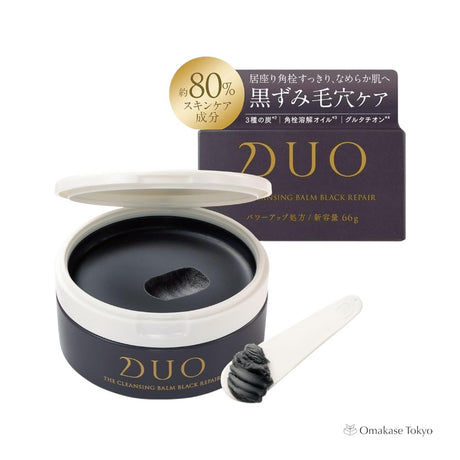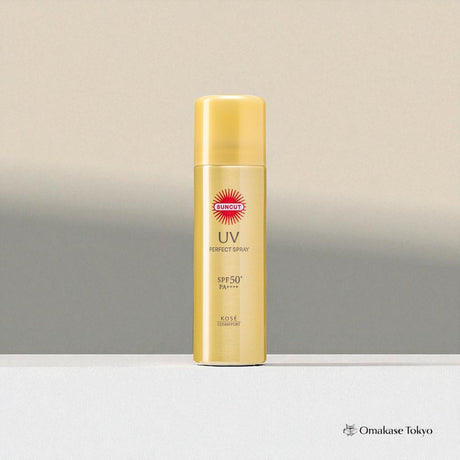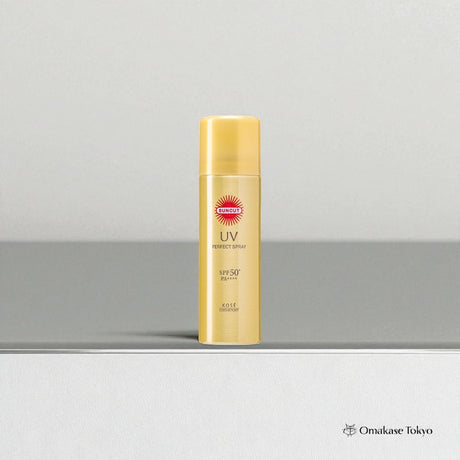Are you new to the art of Japanese tea ceremony (茶道)? Understanding the proper names and uses of its essential tools can initially feel overwhelming. Here’s a friendly guide to the ten most important items you'll encounter in your first tea ceremony class:
2. Chasen (茶筅 – Bamboo Whisk)
A delicate bamboo whisk used to froth matcha. Handle with care—its fine tines are fragile. Wash gently from both sides to maintain its shape.

3. Chashaku (茶杓 – Tea Scoop)
A curved bamboo scoop for transferring matcha powder from the container to the bowl. Beginners use a scoop with a knot in the middle; advanced practitioners might use one with a root-end knot.

4. Chakin (茶巾 – Cloth)
A linen cloth used to wipe moisture from the tea bowl. It’s traditionally pre‑stitched and some modern versions use disposable non‑woven fabric for hygiene.

5. Natsume (棗 – Tea Caddy)
A small lidded container—often lacquered or decorated—used to hold matcha powder. Shapes and styles vary, but beginners typically use a “middle natsume” style.

6. Kama (釜 – Iron Kettle)
A sturdy, often ornate iron kettle for boiling water. The lid knob and handle ring may feature designs like acorns or dragons.

7. Mizusashi (水指 – Water Container)
A ceramic or lacquered vessel that holds cold water. Water can be used for adjusting kettle temperature or rinsing the bowl.

8. Hishaku (柄杓 – Bamboo Ladle)
A bamboo ladle used to scoop water. There are two types: ro-yō (heated-season) and furo-yō (cool-season), distinguished by how the bamboo joint is cut.

9. Futaoki (蓋置 – Lid Rest)
A rest for the kettle lid when it's not in use. These come in bamboo, pottery, or metal, and are selected based on whether you're using a kettle (ro) or brazier (furo) .
10. Kensui (建水 – Waste-Water Container)
A container for discarding rinse-water. Available in metal, wood, or ceramics; note that bamboo ladles may slip when resting on kensui handles.

Why Learning These Tools Matters
-
Builds Confidence: Familiarity with the tools helps you follow ceremony steps with grace.
-
Deepens Cultural Insight: Each tool has historical meaning and aesthetic value.
-
Promotes Mindfulness: Paying attention to every item cultivates calmness and presence.
Tips for Tea-Ceremony Beginners
-
Start Slowly: Don’t rush—focusing on one or two tools at a time helps retention.
-
Observe Closely: Notice how seasoned practitioners handle each item—their movements are elegant and respectful.
-
Practice Handling: Try whisking or scooping tea at home to build muscle memory.
-
Ask Questions: It’s perfectly fine to inquire about the meaning, material, or proper use of tools.
Tea Ceremony: A Journey of Mind, Art & Culture
The tea ceremony is far more than just making matcha—it’s a mindful ritual that weaves together craftsmanship, aesthetics, and philosophy. Learning the names and purposes of each tool is a gentle yet meaningful first step into this serene and refined world.

